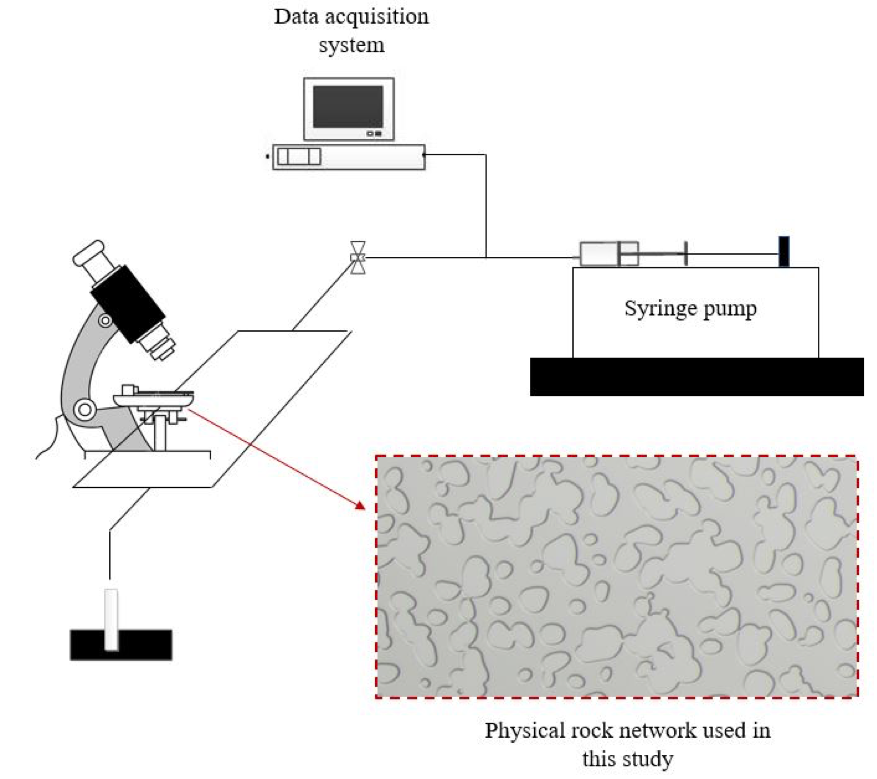Elucidation of the Mechanistic Aspects of Chemical EOR in Viscous Oil Systems
Journal of Petroleum Science and Engineering,
Danial Arab, Steven L. Bryant, Ole Torsæter, Peter Englezos, Bhushan Gopaluni, Apostolos Kantzasb
[PDF]
Abstract
Chemical enhanced oil recovery techniques have been suggested as efficient alternatives to thermal methods in many thin/small viscous oil reservoirs in western Canada. These acidic oil reservoirs have been screened as good candidates for alkaline (A) and surfactant (S) floods. In this study, sand-pack core flooding experiments and pore-scale microfluidic tests were designed to give some new insights on the mechanisms of AS floods augmented with polymer (P) solutions in viscous oil systems. Viscous oil samples from Luseland field (14,850 mPa.s at 25 °C) was used in all the experiments. The most efficient chemical generates ultralow interfacial tension, 0.002 mN/m, producing low viscosity type II (+) emulsion (740 mPa.s, which is much lower than the viscosity of originating oil). The two pore volumes injection of this cocktail results in around 20 % OOIP incremental oil recovery, which is almost doubled after injecting two pore volumes of extended water. The core effluents were all low viscosity oil in water emulsions, consistent with observations in batch mixing experiments. The incremental oil recovery to ASP flood is almost twice the recovery obtained in the polymer flood with nearly 4.5 times larger pressure build-up across the core. These observations suggest that the main mechanism is emulsification and oil entrainment rather than improvement in sweep efficiency. These speculated mechanisms based on the core scale observations were verified through the results of the microfluidic experiments. ASP solution can efficiently penetrate the residual ganglia or the edge of the water channels from which oil can be efficiently stripped. This oil is easily entrained in the form of low viscosity oil in water emulsions. Our results emphasize the critical role of polymer in the cocktail. In the absence of polymer, AS cannot efficiently penetrate the residual viscous oil leading to only a minuscule improvement in oil recovery.
Read or Download: PDF
